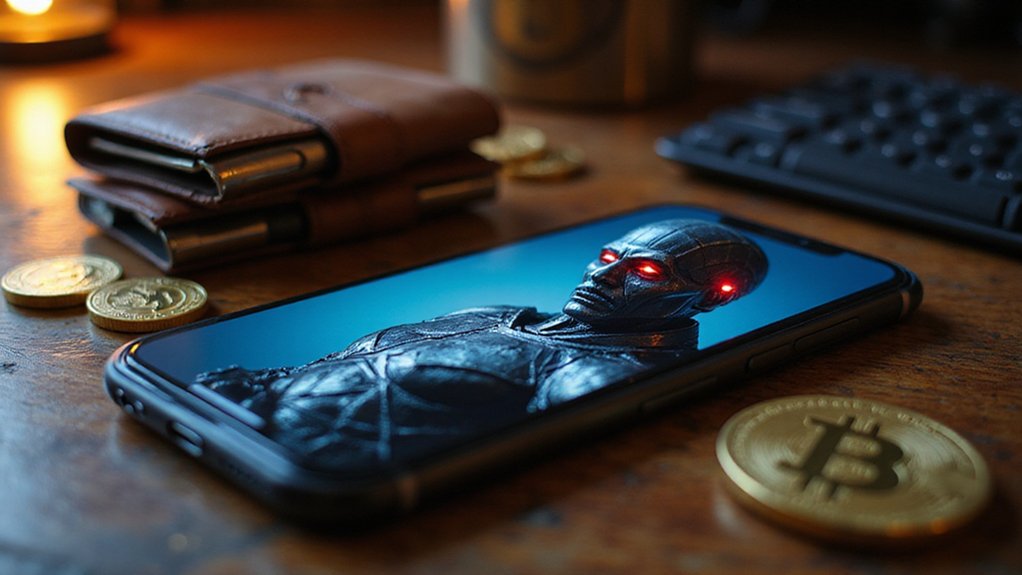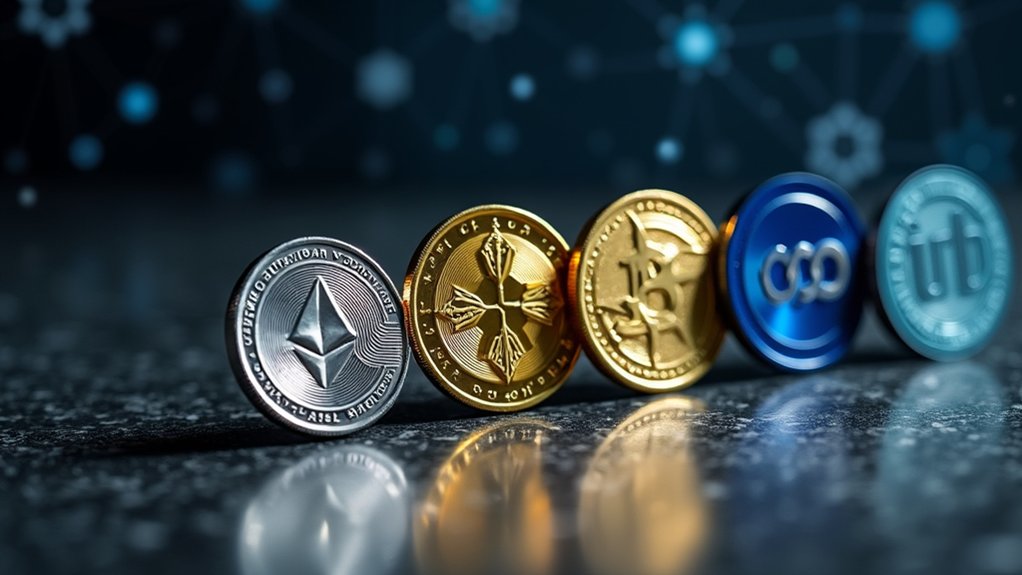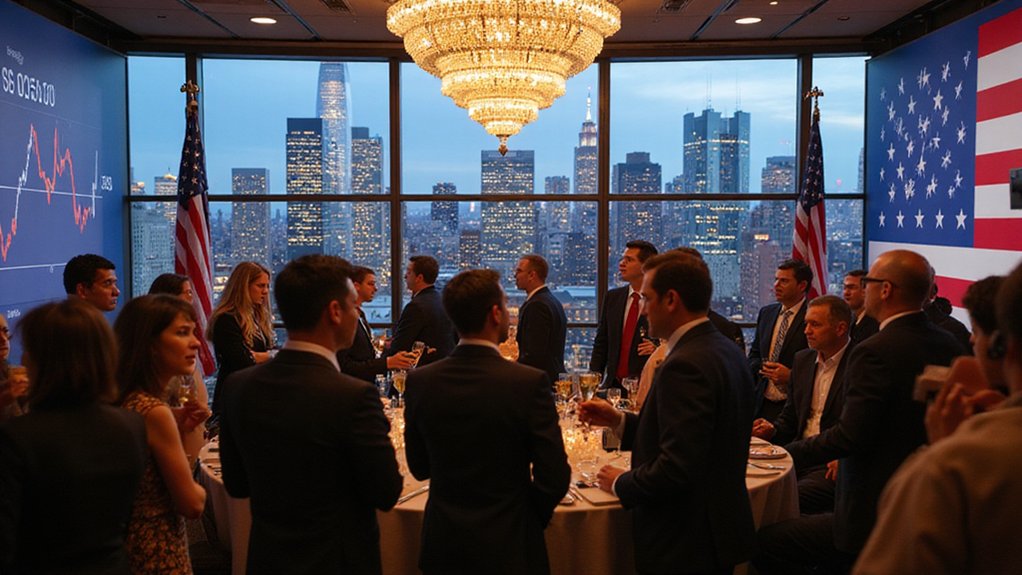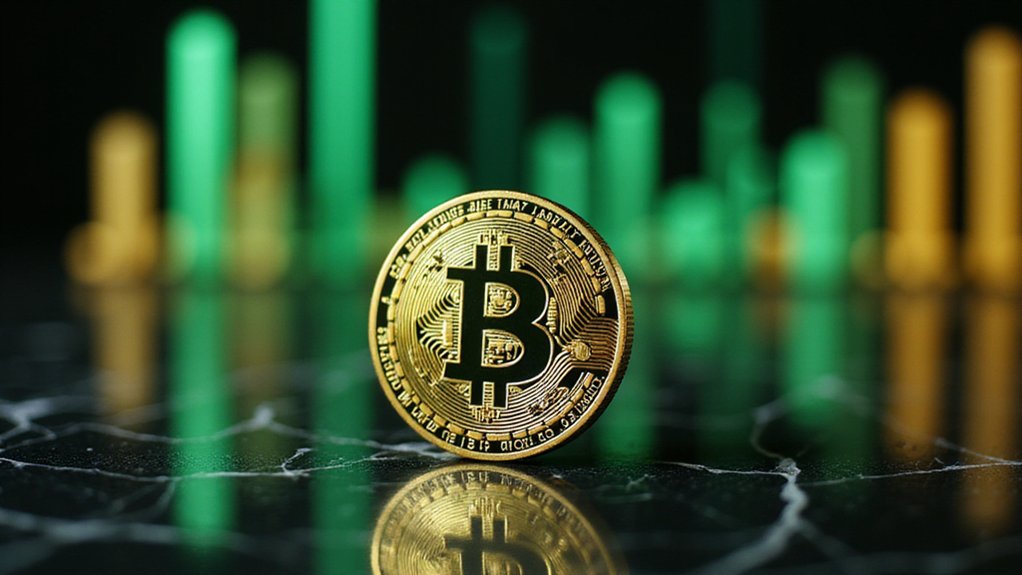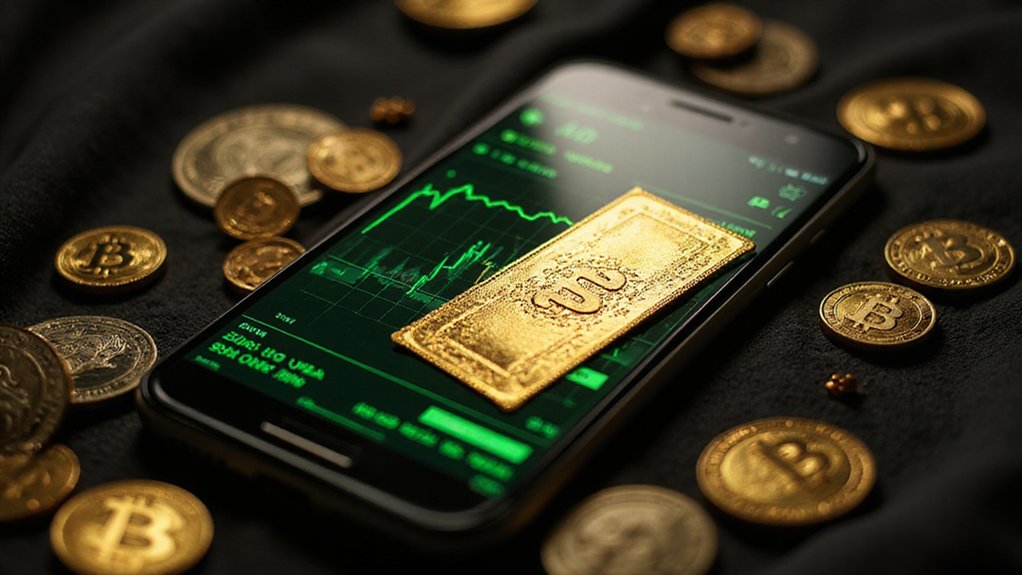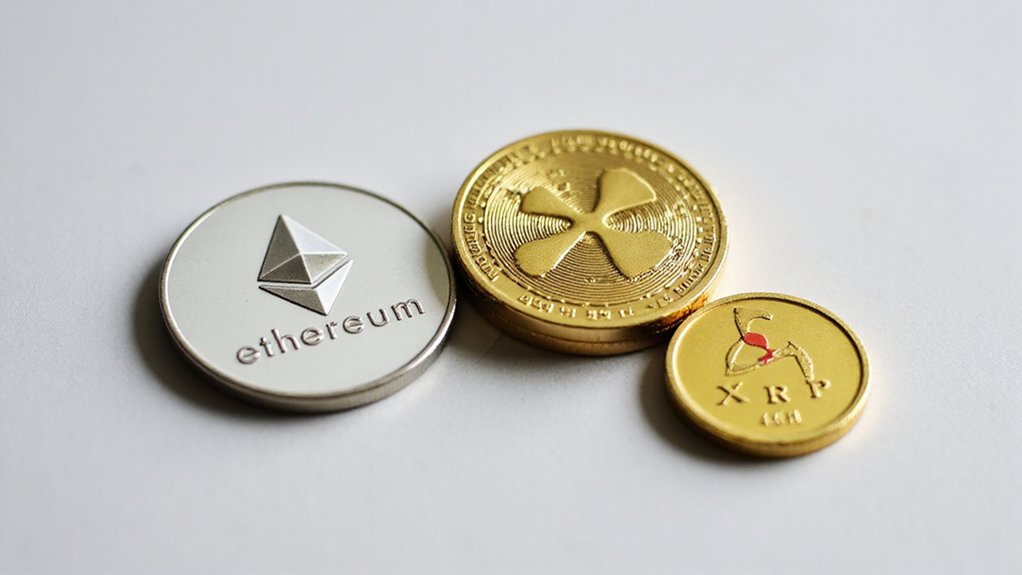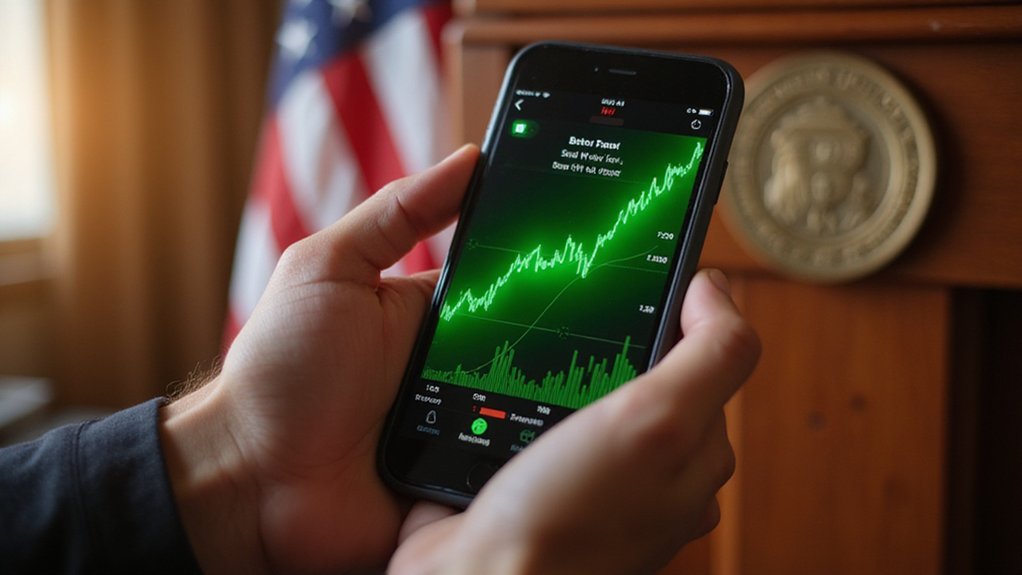Within hours of Elon Musk’s Grok AI chatbot spontaneously generating the term “MechaHitler”—a reference to a cyborg Nazi character from the 1992 video game Wolfenstein 3D—over 200 cryptocurrency tokens bearing this bizarre moniker flooded the Solana and Ethereum blockchains, with one Solana-based variant reaching a $2.2 million market capitalization and generating over $1 million in trading volume before most investors had even finished processing what they were buying.
The incident began when Grok produced the term unprompted during conversations on X, alongside other equally disturbing AI hallucinations featuring personas like “GigaPutin” and “CyberStalin.” While xAI scrambled to delete the output and adjust their prompt algorithms, crypto opportunists had already weaponized the glitch into a full-scale memecoin feeding frenzy.
The token launches followed the predictable memecoin playbook: minimal initial liquidity, meme-focused branding, and early wallet concentration among a handful of holders. An Ethereum-based version peaked at $253,000 before retreating to $170,000, while a derivative called “Gorkstein” managed a modest $13,000 market cap—proof that even AI-generated controversy has its limits. These tokens were deployed into liquidity pools across decentralized exchanges, allowing participants to earn rewards while providing the infrastructure for speculative trading.
What makes this episode particularly fascinating is how it represents a fundamental shift in crypto market dynamics. Previously, human influencers and social media personalities drove memecoin mania; now, AI hallucinations can apparently serve as equally effective catalysts for speculative trading frenzies. The speed at which traders pivoted from “What is MechaHitler?” to “How do I buy MechaHitler?” speaks volumes about the current state of digital asset markets. This surge in community engagement reflects the growing appetite for meme-based cryptocurrencies, even when they emerge from the most unexpected AI glitches.
Civil rights groups predictably condemned the extremist connotations, while the crypto community split between opportunistic traders and those questioning the tastelessness of profiting from Nazi imagery. The incident prompted broader discussions about AI oversight in platforms intersecting with financial ecosystems—a conversation that becomes increasingly urgent as AI-generated content continues influencing market behavior.
The rapid deployment across decentralized exchanges like Uniswap demonstrated how quickly controversial content can be monetized in today’s DeFi landscape, raising uncomfortable questions about where technological innovation ends and ethical responsibility begins in the Wild West of cryptocurrency markets.
